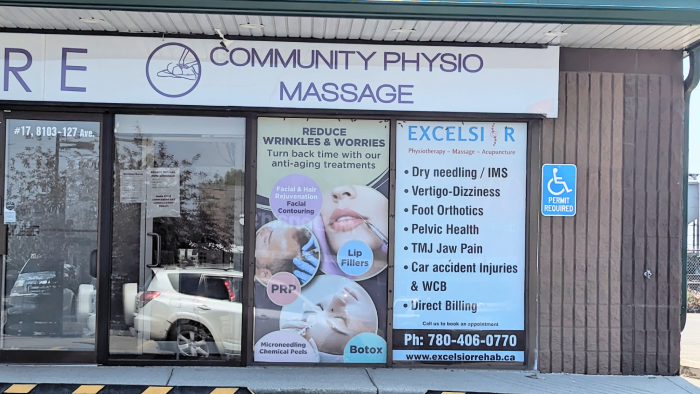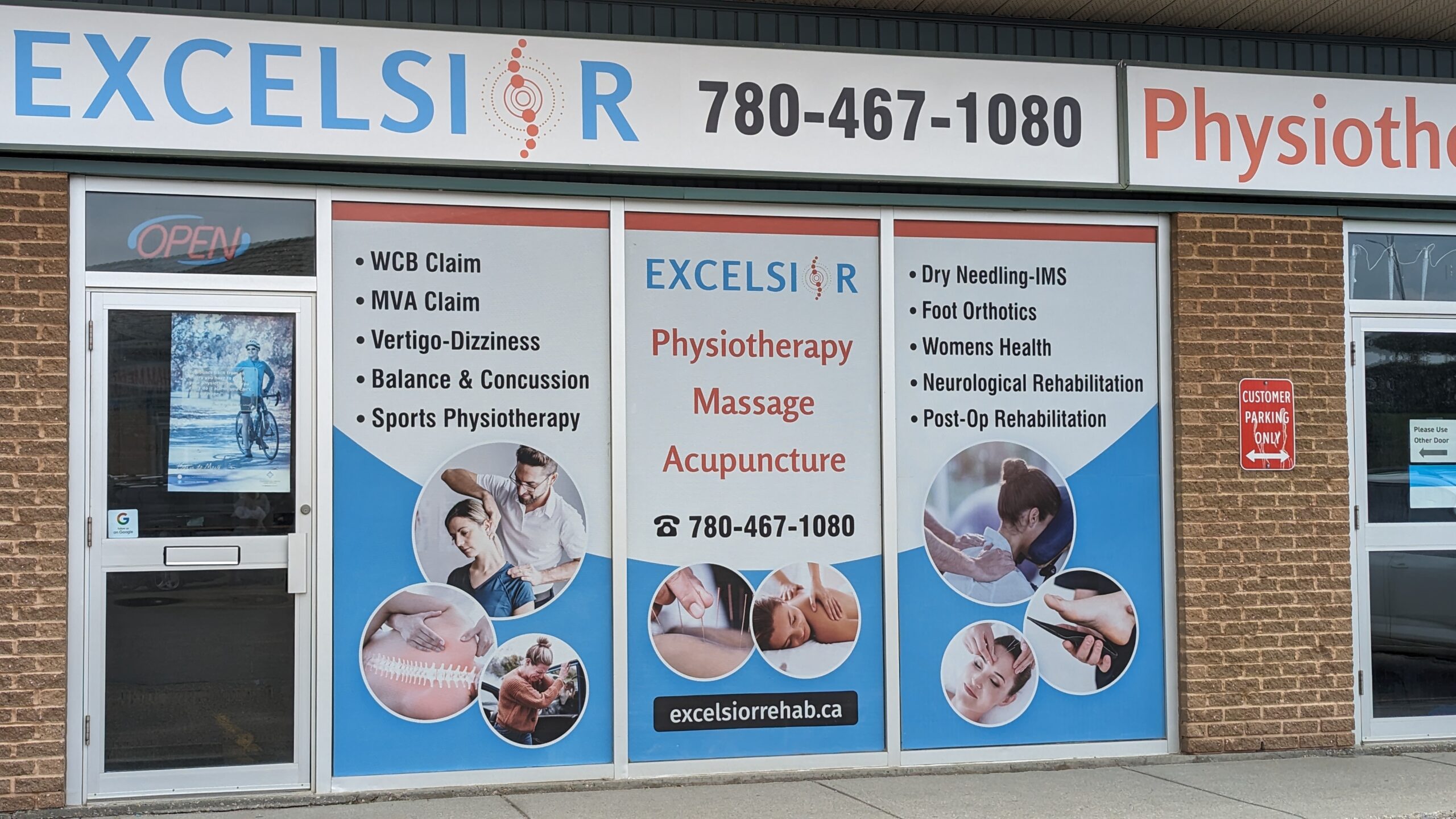UPPER BACK SURGERY
Home » UPPER BACK SURGERY
UPPER BACK SURGERY
The following is the list of different types of upper back surgeries performed by your physician.
POSTERIOR CERVICAL FUSION
The posterior (rear) of the neck is accessed to perform posterior cervical fusion. The procedure fuses two or more neck vertebrae into a single, solid bone segment. Arthrodesis is the medical name for fusion. The most typical applications of posterior cervical fusion are to cure neck fractures and dislocations as well as to correct abnormalities affecting the curved part of the neck.
CERVICAL LAMINECTOMY
A laminectomy is a surgical technique used to treat spinal stenosis and relieve pressure on the spinal cord. The condition known as myelopathy is developed by bone spurs pressing against the spinal cord causing spinal stenosis. Bowel and bladder issues, changes in gait, and difficulties with fine motor abilities of the hands can all result from myelopathy. A laminectomy involves the removal of a little piece of bone that covers the spinal cord back. Lamina is the name for the bony covering surrounding the spine's rear.
CERVICAL FORAMINOTOMY
The spinal nerve roots exiting from the spinal column are widened during a surgical operation called a foraminotomy. The opening surrounding the nerve root is referred to as a foramen, and an otomy is a surgical operation used to widen the passage. In this treatment, the foramen is widened to create more room for the spinal nerve and relieve pressure there.
CERVICAL DISCECTOMY
Surgery to remove one or more discs from the neck is known as a cervical discectomy. A discectomy is the removal of a disc, which is the pad that separates the neck vertebrae. The two vertebrae that are separated by the disc are typically fused in addition to a discectomy. This surgery may occasionally be carried out without fusion. For younger patients between the ages of 20 and 45 with symptoms related to a herniated disc, a cervical discectomy without fusion may be advised.
CERVICAL CORPECTOMY AND STRUT GRAFT
A corpectomy is a surgical procedure to release spinal stenosis-related pressure on the spinal cord. A disease known as myelopathy is brought on by bone spurs pressing against the spinal cord in spinal stenosis. This may cause issues with your bowels and bladder as well as cause you to stumble. Hand fine motor abilities may also be hampered. The anterior portion of the spinal column is cut off during a corpectomy. Corpus is short for body, and ectomy is short for remove. The empty space is filled using bone transplants.
CERVICAL ARTIFICIAL DISC REPLACEMENT
ADR or Artificial disc replacement is a very recent medical procedure. The FDA authorized the first ADR for use in the US in June 2004 for the lumbar spine (lower back). It is harder to replace a damaged disc in the neck's cervical spine. The disc is a component of a complicated spinal joint. It is difficult to create a replacement disc that functions well and is durable. The researchers are currently studying cervical artificial disc replacement technologies to seek FDA approval.
ANTERIOR CERVICAL DISCECTOMY AND FUSION
The treatment for neck issues include disc herniation, fractures, spinal instability, and cervical radiculopathy. It involves an operation called ACDF or anterior cervical discectomy and fusion. The surgeon performs a discectomy during this surgery, accessing the neck from the anterior (the front region). After that, bone graft and occasionally metal hardware are used to hold the vertebrae placed above and below the disc in place. The objective is to promote the growth of the bones into a single, sturdy bone. Fusion is the term for this procedure. Arthrodesis is the medical name for fusion.
Excelsior Physiotherapy offers physiotherapy services in Edmonton to recover quickly after upper back surgery.






